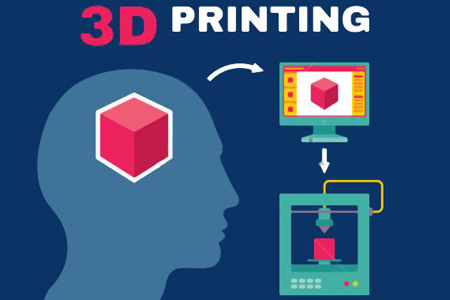Recently, the US Food and Drug Administration (FDA) released a new draft guidance for medical device manufacturers working with additive manufacturing, commonly known as 3D printing. The updated draft guidance contains premarket and quality system issues concerning medical devices integrating additive manufacturing (AM), or 3-D printing and fabrication techniques.
The draft guidance comes to terms with two areas of medical device development:
- Design and Manufacturing Considerations
- Device Testing Considerations
Design and Manufacturing Considerations cover areas of technical significance that should be adhered to as part of fulfilling Quality System (QS) requirements. Device Testing Considerations define the kind of information that should be given in premarket notification submissions [510(k)], premarket approval (PMA) applications, humanitarian device exemption (HDE) applications, de novo requests, and Investigational Device Exemption (IDE) applications for an AM device.
FDA has specified that the section on Design and Manufacturing Considerations is not made-up to be wide-ranging. Nonetheless, the agency made recommendations on device design, software workflow, material controls, post-processing, quality data, and process validation and acceptance activities. Included in the second section relating to Device Testing, FDA provided recommendations on device descriptions, mechanical testing, dimensional measurements, material characterization, cleaning and sterilization, biocompatibility, and additional labeling considerations.
The document was created on investor criticisms from a 2014 public workshop systematized by FDA. In its continued effort, the agency is taking in comments on the draft guidance till Aug. 8, 2016. The agency makes clear that the guidance does not involve the use or amalgamation of biological, cellular, or tissue-based products in AM, or point-of-care 3D-device manufacturing. These may be addressed in future guidance and/or regulatory pathways for 3D printing which are still evolving, as per the agency.
As mentioned in the draft guidance, AM is a process that creates objects by iteratively creating 2-dimensional (2D) layers and combining each to the below layer, this has made device manufacturers rapidly change designs without the need for retooling, and build complex devices built as one piece. For medical devices, 3D printing has the upper-hand of easing the creation of anatomically-matched devices and surgical instrumentation by using the patient’s personal medical imaging. This allows the creation of multifaceted structures not possible through traditional manufacturing techniques.
As per the RAPS, till date, FDA has sanctioned more than 85 applications for 3D-printed devices—keep in mind that none of these devices have been high-risk devices requiring premarket support. The new guidance focuses only on design, manufacturing and testing issues related to devices with 3-D components—the FDA has stated that the new publication does not indicate a comprehensive regulatory approach to such devices. As 3-D devices and technologies proliferate, US regulators will no doubt develop more in-depth guidance and requirements covering more aspects of registration and compliance.
For more on FDA’s Draft Guidance for 3D Printed Medical Devices, join expert speaker Dr. David Lim, Ph.D., RAC, ASQ-CQA in a Live Webinar on Wed, Jul 20, 2016. This event will highlight technical considerations while designing, developing and manufacturing 3D printed medical devices and will be a great opportunity to get the FDAs perspective on 3D medical printing.

